Resistance bands have become a staple in the fitness world, praised for their versatility, affordability, and effectiveness. Whether you're new to working out, recovering from an injury, or a seasoned athlete looking to add variety to your routine, resistance bands can be a game-changer. In this comprehensive guide, we'll explore everything you need to know about how to use resistance bands effectively for strength training, flexibility, and rehabilitation.
Types of Resistance Bands
Before diving into exercises, it's important to understand the different types of resistance bands available:
- Loop Bands: These are continuous flat loops that come in various sizes. Mini bands are often used for lower-body exercises, while long loop bands are excellent for full-body workouts.
- Tube Bands with Handles: These bands have handles on both ends and are great for upper body resistance workouts, mimicking cable machine movements.
- Therapy Bands (Flat Bands): Often used in rehabilitation settings, these bands lack handles and are ideal for gentle stretching and mobility exercises.
- Figure 8 Bands: These bands are shaped like the number 8 and come with built-in handles, best suited for upper body and core exercises.
- Fabric Bands vs. Latex Bands: Fabric bands are thick, durable, and provide even resistance without rolling or pinching. Latex bands are more elastic but can snap if not maintained properly.
Choosing the right band depends on your goals. For example, go with loop or fabric bands for glute training, and tube bands with handles for arm workouts.
Benefits of Resistance Bands
Resistance bands offer a variety of benefits that make them an excellent addition to any fitness regimen:
- Strength Training: They help build and tone muscles by providing resistance during both the concentric (lifting) and eccentric (lowering) phases of movement.
- Injury Rehabilitation: Bands offer controlled resistance, which is ideal for rebuilding strength after injuries without overloading joints.
- Mobility and Flexibility: Ideal for dynamic stretching, they improve range of motion and prevent stiffness.
- Portability: Lightweight and compact, resistance bands are perfect for home workouts and traveling.
- Progressive Resistance: Available in various tension levels, you can progressively increase difficulty as you get stronger.
- Joint-Friendly: Unlike heavy weights, bands place less stress on joints, making them suitable for people with arthritis or joint pain.
How to Use a Resistance Band Safely
To get the most out of your resistance band workouts and avoid injuries, follow these safety tips:
- Warm Up: Begin every workout with a 5-10 minute warm-up to increase blood flow and reduce the risk of injury.
- Check Your Bands: Inspect bands for cracks, tears, or thinning before each use. Replace them if they show signs of wear.
- Anchor Securely: Use door anchors, wrap around sturdy objects, or use your feet. Always ensure the band is secure to prevent snapping.
- Maintain Proper Form: Just like weightlifting, posture is key. Engage your core and move with control.
- Avoid Overstretching: Don't stretch bands more than 2.5 times their original length to avoid breakage.
Full-Body Resistance Band Exercises
Upper Body:
- Rows: Anchor the band and pull toward your chest to target your back muscles.
- Banded Push-Ups: Loop a band across your back and under your palms for extra chest resistance.
- Bicep Curls: Stand on the band, grip both ends, and curl up.
- Tricep Extensions: Hold one end behind your head and extend your arm upward.
- Shoulder Press: Step on the band and push handles or ends above your head.
Lower Body:
- Squats: Place the band above your knees to activate glutes and maintain form.
- Lateral Band Walks: Step side-to-side while keeping tension on the band to target hip abductors.
- Glute Bridges: Place the band above the knees and thrust hips upward.
- Resistance Lunges: Step one foot back with the band under the front foot for resistance.
Core:
- Standing Rotations: Anchor the band and twist your torso to engage the obliques.
- Russian Twists: Sit and twist side to side holding the band.
- Plank Band Pulls: In a plank, reach and pull the band to challenge core stability.
Using Resistance Bands for Stretching and Mobility
Bands are excellent tools for improving flexibility and mobility:
- Hamstring Stretch: Lie down and loop the band around your foot, gently pulling toward you.
- Quad Stretch: While lying on your side, loop the band around your ankle and pull behind you.
- Chest Opener: Hold the band with both hands and stretch it across your back.
- Hip Mobility: Anchor a band and step into it to mobilize the hip joint.
Use these stretches in warm-ups or cool-downs to improve recovery and prevent injuries.
Sample Resistance Band Workouts
Beginner Full-Body Routine (20 minutes)
- Squats – 15 reps
- Rows – 12 reps
- Glute Bridges – 15 reps
- Shoulder Press – 12 reps
- Plank Band Pulls – 10 reps per side
Repeat 2–3 rounds
Glutes & Legs Burner
- Lateral Band Walks – 15 steps per side
- Resistance Lunges – 12 reps per leg
- Glute Bridges with Hold – 30 seconds
Repeat 3 rounds
Upper Body Circuit
- Bicep Curls – 12 reps
- Tricep Extensions – 12 reps
- Rows – 15 reps
- Push-Ups with Band – 10 reps
Repeat 3 rounds
Stretch & Mobility Flow (5–10 minutes)
- Hamstring Stretch
- Chest Opener
- Shoulder Rolls with Band
- Hip Mobilization
Resistance Bands for Rehab and Physical Therapy
Resistance bands are widely used in physical therapy settings due to their gentle yet effective resistance:
- Post-Injury Recovery: Rebuild strength gradually without overloading joints.
- Rotator Cuff Rehab: External and internal shoulder rotations with a light band.
- Knee Strengthening: Seated leg extensions or standing banded squats.
- Balance and Stability: Use bands to add instability, which forces smaller stabilizing muscles to activate.
Always consult a physical therapist for personalized rehab programs.
Common Mistakes to Avoid
- Using the Wrong Band Level: Start with light resistance and progress gradually.
- Skipping Warm-Ups: Increases injury risk.
- Incorrect Anchoring: Can lead to snapping or reduced effectiveness.
- Poor Posture: Reduces the efficiency of the exercise and increases injury risk.
- Neglecting Band Maintenance: Regularly inspect and replace worn bands.
FAQs About Resistance Bands
Q: Can resistance bands build muscle?
Yes! They can provide enough tension to stimulate muscle growth, especially when used with progressive overload techniques.
Q: How often should I use resistance bands?
2–4 times a week depending on your goals. They can be used alone or to complement weight training.
Q: Can I replace weights with resistance bands?
Yes, especially for home or travel workouts. While different in mechanics, bands can replicate most weighted exercises.
Q: How do I know when to progress?
When an exercise feels too easy, move to a thicker band or increase reps and time under tension.
Conclusion
Resistance bands are a powerful and practical tool for anyone looking to improve strength, flexibility, and overall fitness. With a variety of types and applications, they can be tailored to meet any fitness level—from beginners to advanced athletes. Whether you're training at home, in the gym, or on the road, resistance bands offer a safe, effective, and convenient solution to help you achieve your goals. Grab a band and start your journey today!


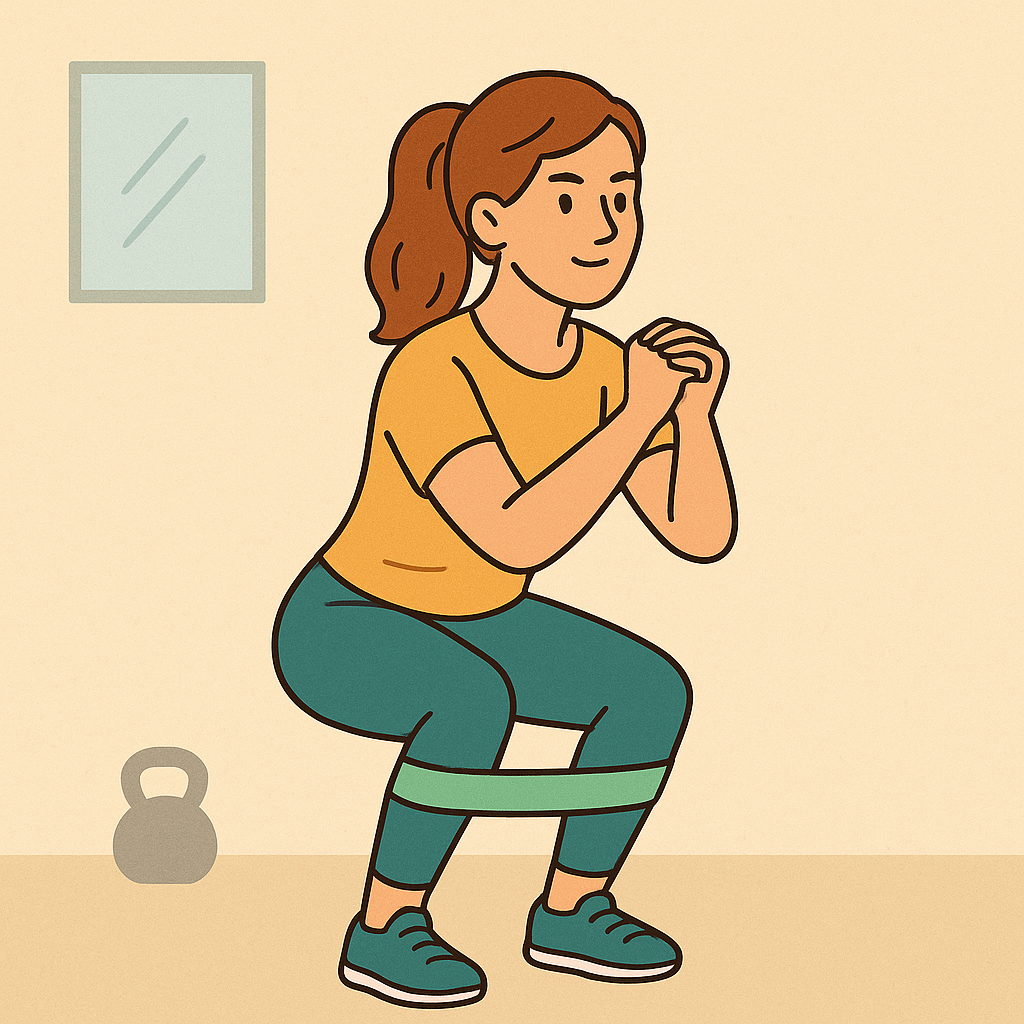

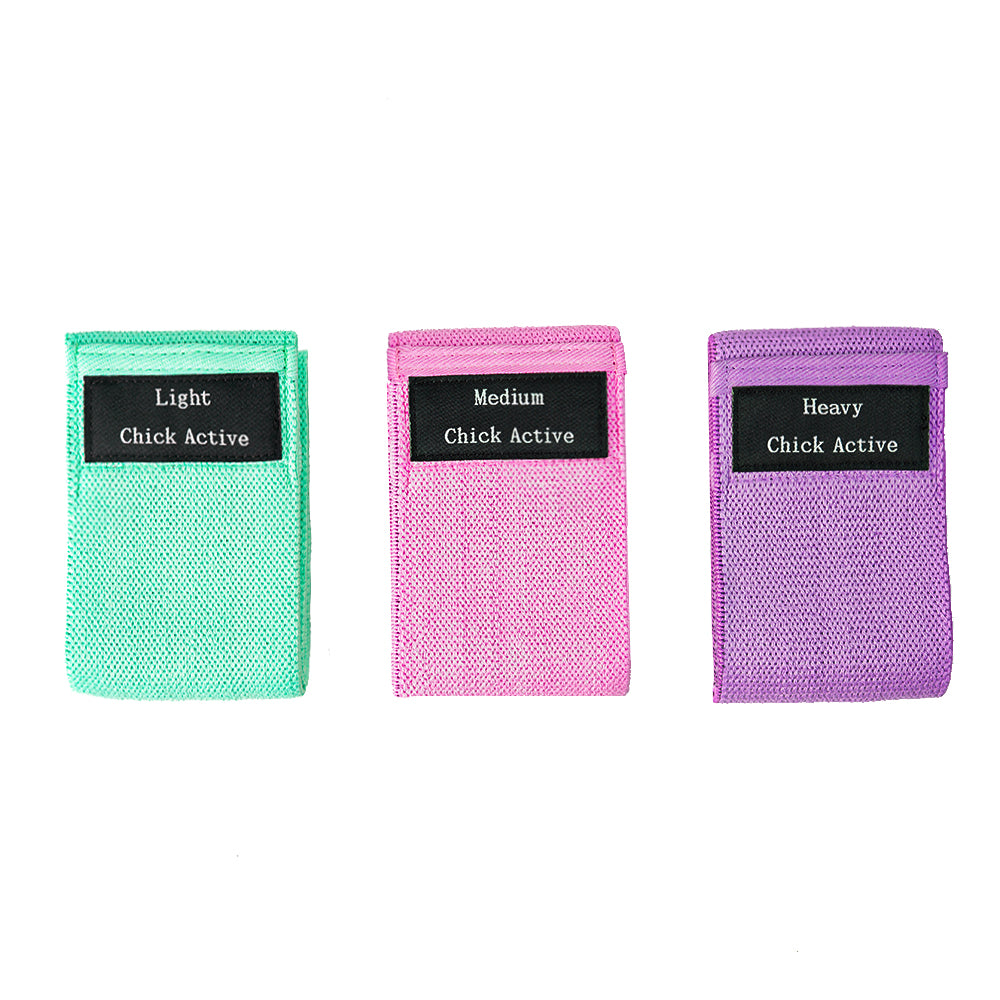

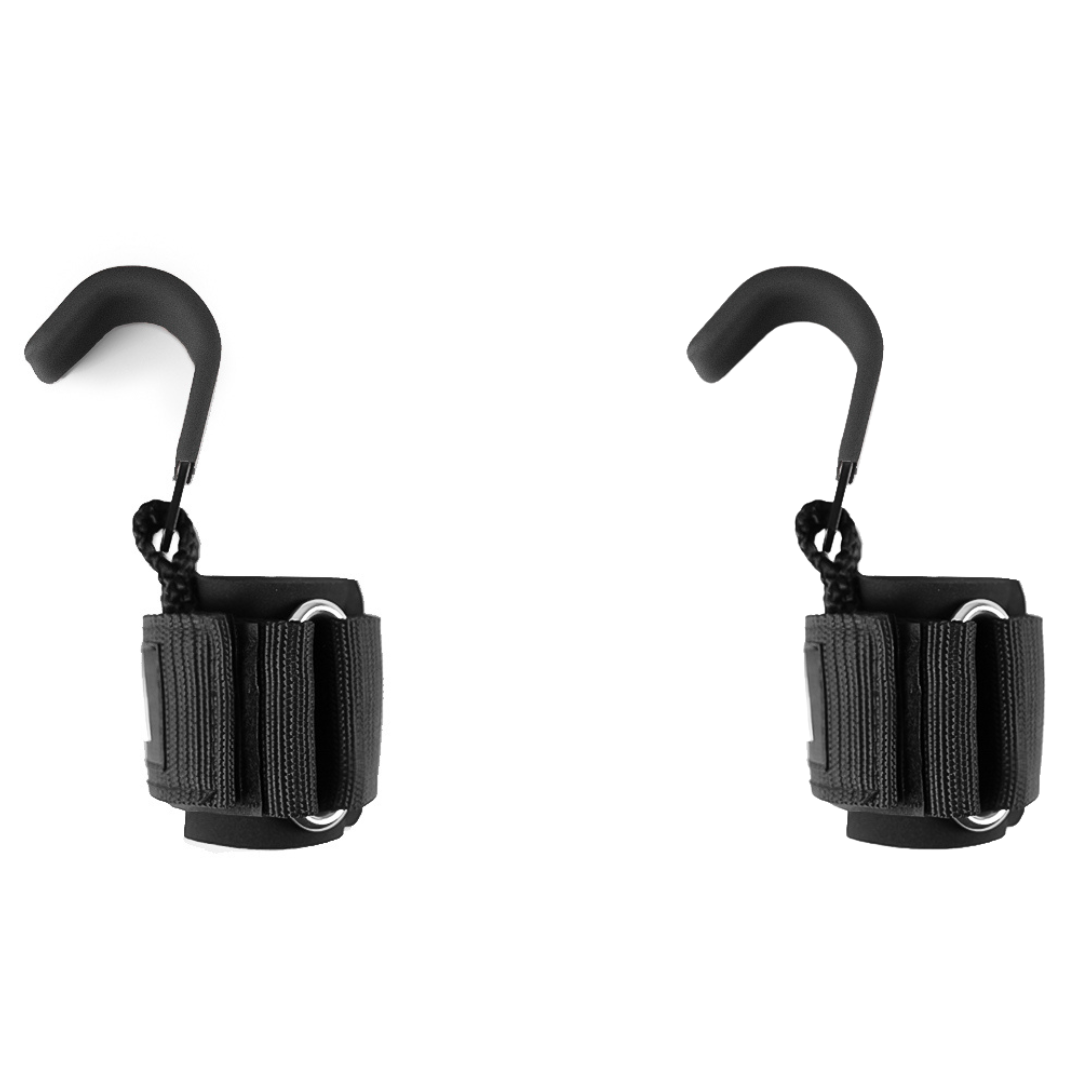

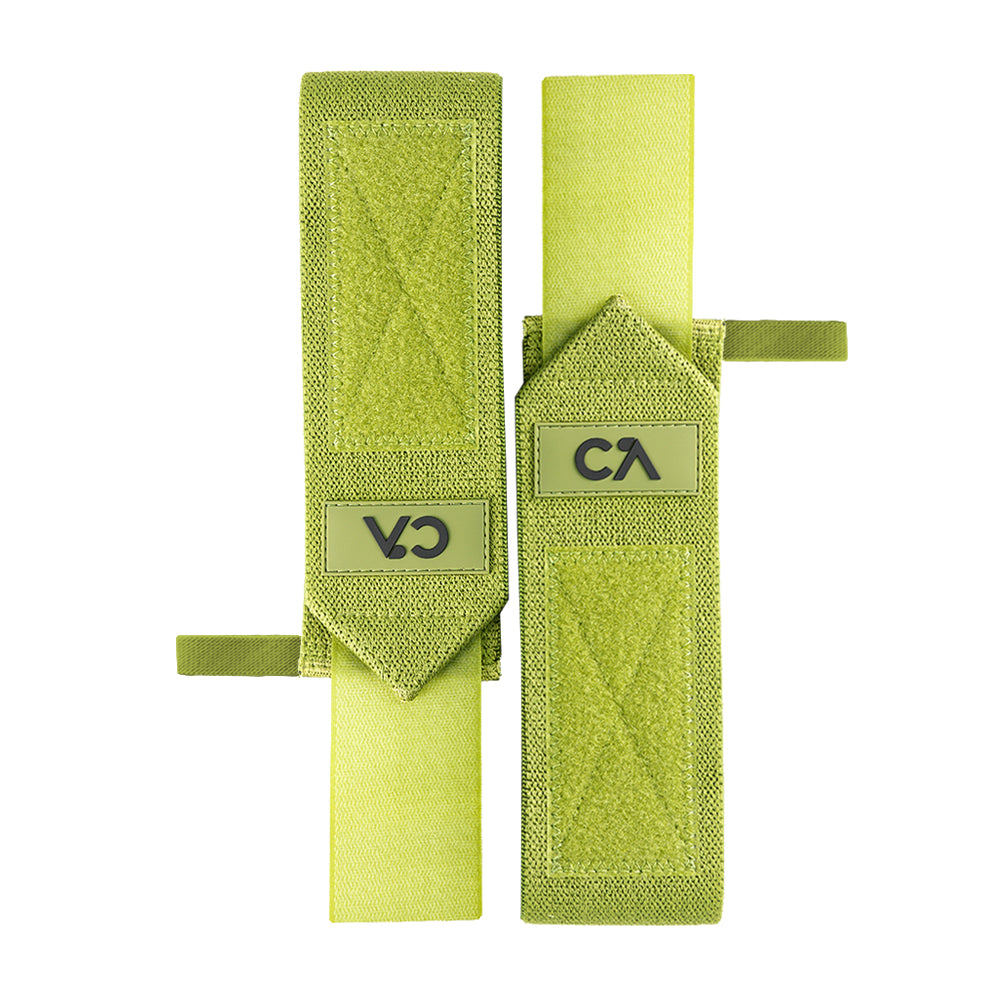
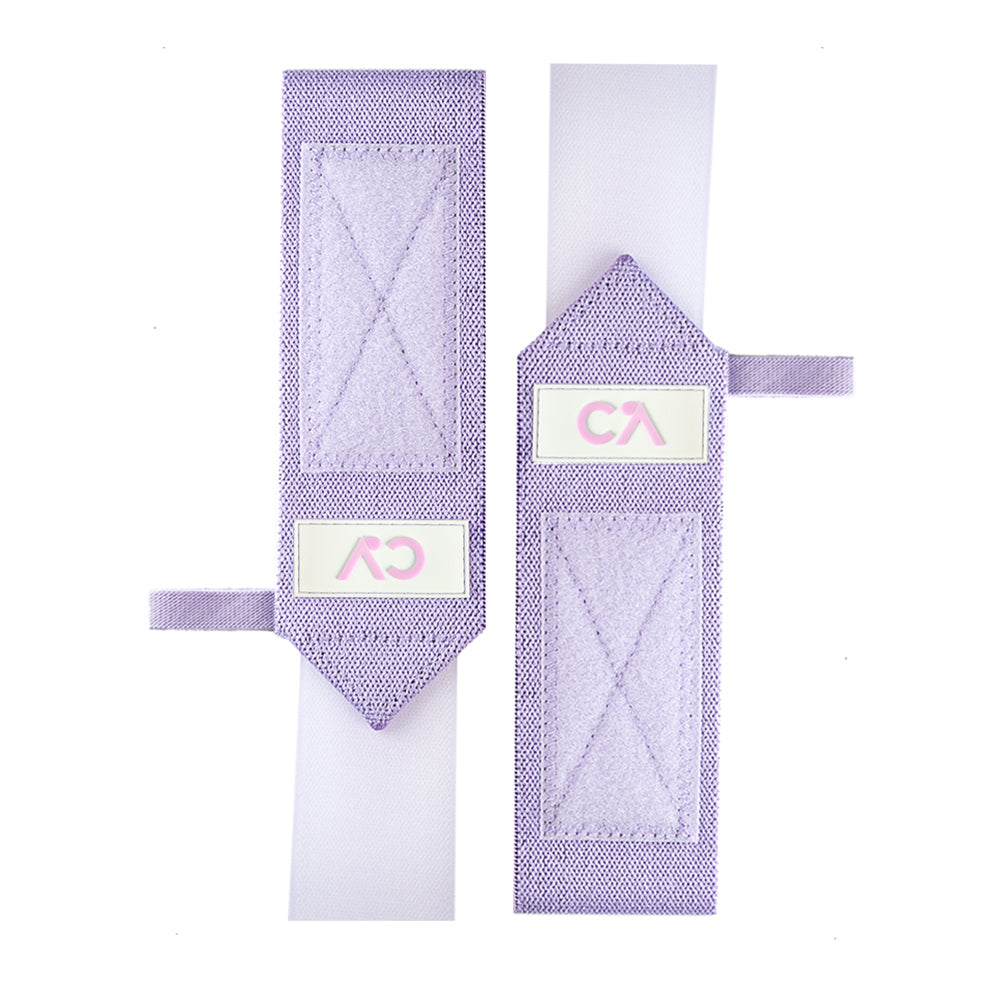
Leave a comment
All comments are moderated before being published.
This site is protected by hCaptcha and the hCaptcha Privacy Policy and Terms of Service apply.